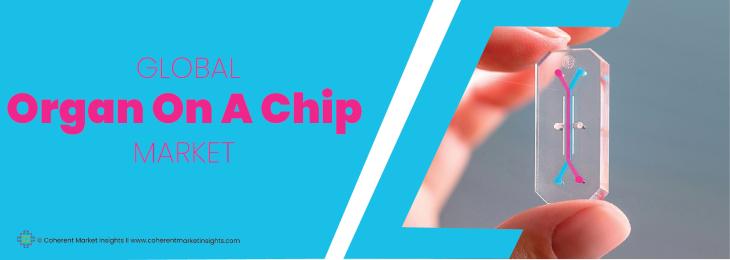
Silicone, which can be used to create internal organs, is the material on which these devices are built. This has potential applications in the fields of medicines as well as organ transplantation. The Wyss Institute at Harvard University is now working on producing a lung-on-chip, the commercialization of which would contribute to the exponential expansion of the organ-on-a-chip business. In addition, collaborations between pharmaceutical and biotechnology businesses and academic institutions are anticipated to speed up the commercialization process in the not-too-distant future. The potential for huge market prospects exists for those who participate in this multibillion dollar business. A kidney-on-a-chip is something that is currently being developed by a few different businesses, including Mimetas. This innovative technique is gaining popularity as a consequence of its ability to significantly cut down on the quantity of testing that is performed on animals while simultaneously producing extremely accurate results.
The global Organ On A Chip market was valued at US$ 17,823.4 Mn in 2019 and is forecast to reach a value of US$ 23,471.8 Mn by 2027 at a CAGR of 3.5% between 2020 and 2027.
Major Players in the Organ On A Chip Industry:
1. Organovo
IBM Corporation was founded in 2007 and its headquarter in San Diego, California.. The company operates in 50 countries.
2. Hurel Corporation
Hurel Corporation,founded in 2000, and it’s located in Wilshire Blvd, Beverly Hills US. The company operates in 160 countries.
3. Tara Biosystems
Tara Biosystems was launch in 2014 and it’s headquarter located in New York, New York.it operate over 140 country.
4 AxoSim
AxoSim was launch in 2014 and it’s headquarter located in Regions Southern US.it operate over 100 country. In 2022 The AxoSim's platforms are revolutionizing the way in which the biopharmaceutical companies help in the development of neurological drugs.
Definition- Organ-on-a-chip is gaining prominence on the backdrop of regulatory measures on animal testing and growing complexity in therapeutic applications










